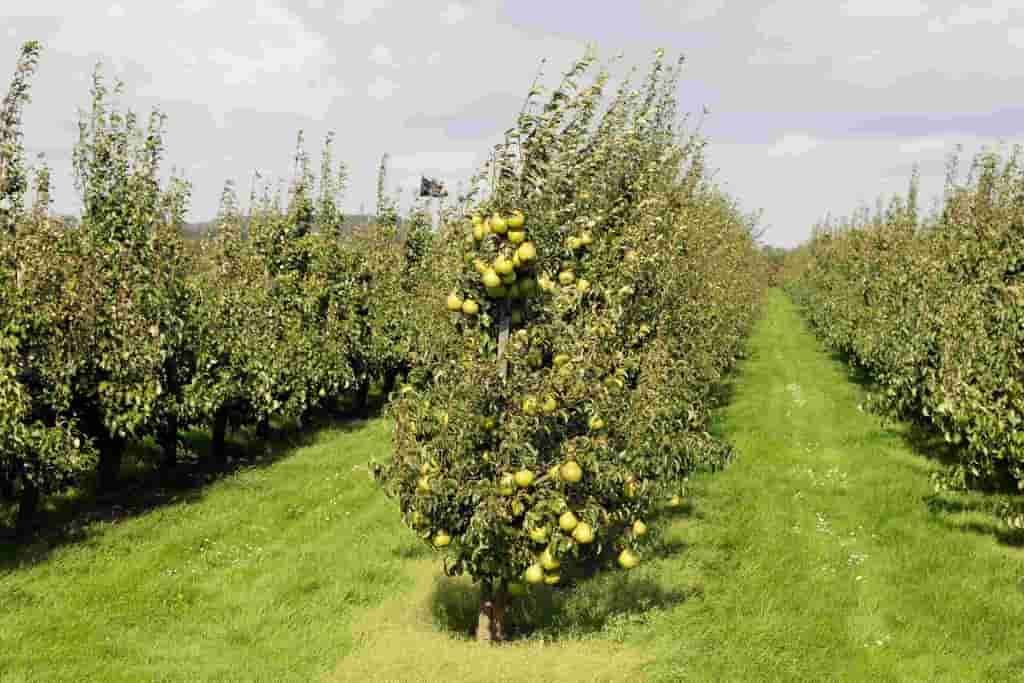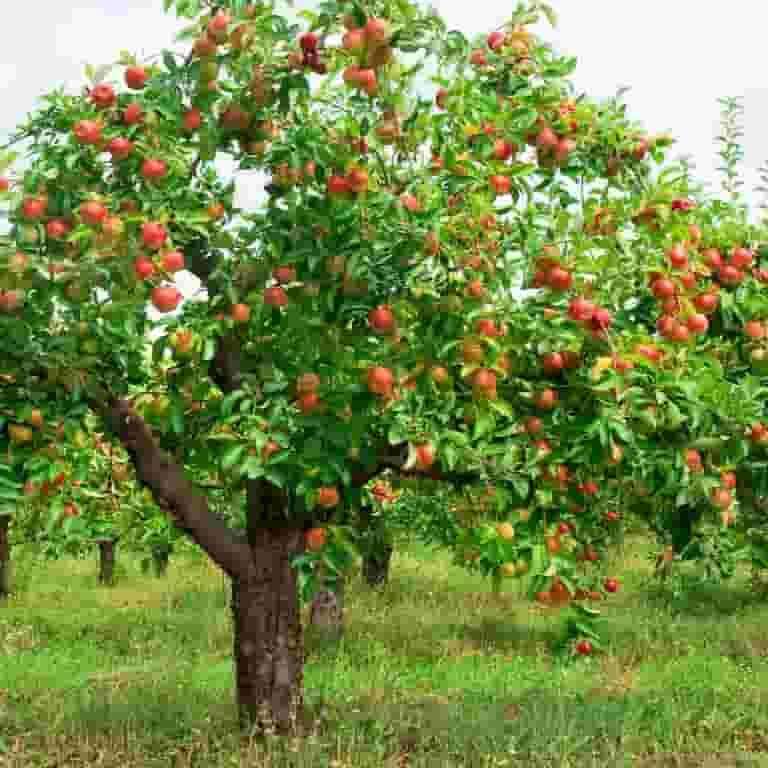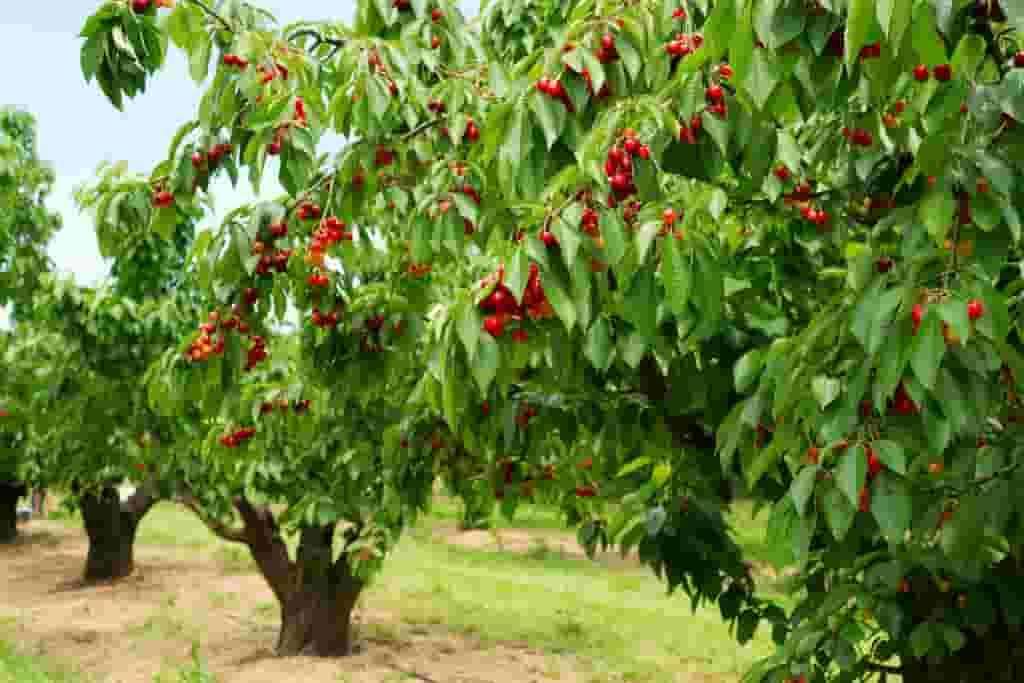Fruit Tree Farming
A fruit tree can be best described as a tree that bears fruit - this also includes nut-bearing trees. Growing fruit trees or growing them on a larger scale – fruit farming occurs all around the world. This page will provide you with some insight into some of the most popular fruit trees, some interesting facts, how to grow different types of trees and in some cases will provide some historical insight about the various fruit trees.
Pear Tree

Pear trees are part of the “Pyrus” genus – meaning trees that are native to the Old World. There are over 800 known species of pear trees. There are two different types of pear trees – European and Asian. The following is a list of the most popular Asian and European pear varieties:
Asian Pear Varieties
- • Shinsui
- • Shinseiki
- • Kosui
- • Hosui
- • Niitaka
- • Yoinashi
- • Atago
- • Shinko
European Pear Varieties
- • Sunrise
- • Bartlett
- • Red Bartlett
- • Harrow Sweet
- • Seckel
- • Magness
- • Potomac
- • Buerre D'Anjou
- • Golden Russet Bosc
Apple Tree

Apples trees are classified as a deciduous type tree that flowers and will bear fruit. It often takes up to four or five years until an apple tree is mature enough to bear fruit. Apple trees grow best in clay loam soil types but can also be grown in sandy or heavy clay soil types as well.
Olive Tree
Olive trees are a type of evergreen tree that is native to the Mediterranean, Asia and Africa. During ancient times, it was common belief among olive farmers that an olive tree needed to be planted a certain distance from the sea – otherwise it wouldn’t grow. Olive trees do best in calcareous type soils, which is a term to describe soils that are made up of calcium carbonate also known as lime. Olive trees need hot weather and actually do very well in drought-like conditions because of their extensive root system. Olives are typically harvested in the fall and winter months. In fact, olive trees are considered as the most cultivated fruit crop in the world.
Cherry Tree

Cherry trees require regular pruning because they are known for growing fast. There are several pests and diseases that are common to cherry trees. The pests are: cherry fruit fly, black cherry aphid, cherry slug and birds. The only real common disease is brown rot. Harvest time for picking cherries ranges anywhere from late June until the end of July. When harvesting red cherry varieties, it’s best to leave them on the tree until they have reached their mahogany colour. This is especially important because once cherries are picked off of the tree, the ripening process stops.
Peach Tree
Peach trees are native to China and South Asia and they are technically classified as belonging to the almond family. The peach tree holds significance in Chinese culture and represents immorality and unity. The blossoms from peach trees are very popular among Chinese brides. There are two types of peach varieties – “clingstone” where the flesh of the fruit is held to the stone and then there is also called “freestone” where the stone doesn’t cling to the fruit. Peaches prefer sandy type soils and are susceptible to a number of pests.
Plum Tree
There are two main types of plum trees, European and Japanese. European plums are sweeter and often ideal for making jams and prunes and Japanese plums are usually best consumed fresh. While there are two main types of plum trees, there are over 200 different varieties. When harvesting the fruit from a plum tree, keep in mind that it’s best to keep the plums on the tree until they have fully coloured. Plum trees are prone to mostly the same types of pests and diseases like other fruit trees such as aphids, mites and brown rot.
Walnut Tree
There are over 20 different types of walnut trees. In North America, the black walnut is most commonly grown. Black walnuts are grown in the U.S. and the southern parts of Canada. Walnut trees don’t start producing nuts until there are about 10 years old, but it usually take up to 30 years before the best production will take place. Pruning of walnut trees should take place during the dormant season. The pain pests of walnut trees is webworm walnut caterpillar, walnut lace, husk fly and walnut shoot moth.